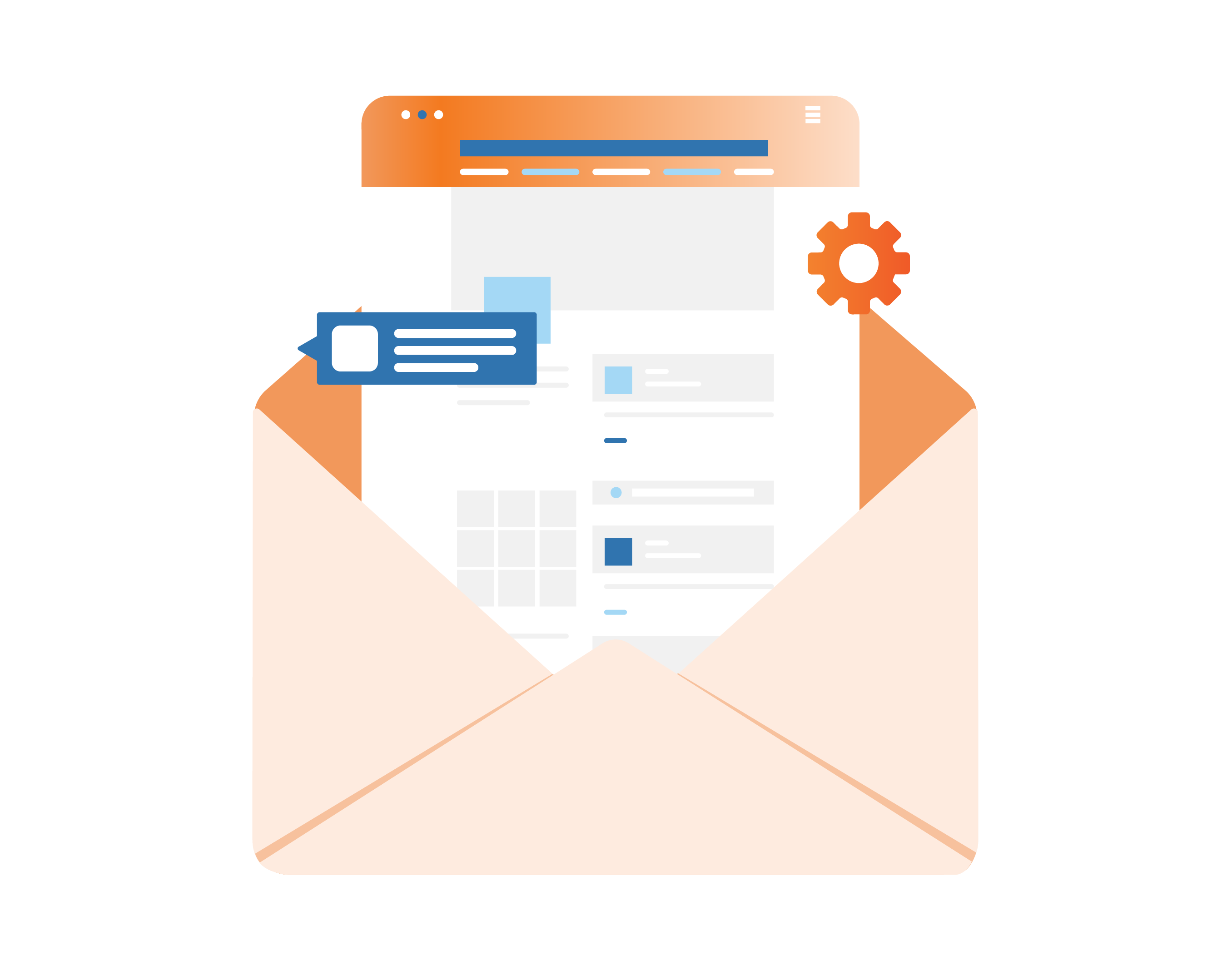Automating your email communications can save you significant time and effort. Yes, Microsoft Outlook can send out automated emails, offering features that cater to recurring messages and out-of-office replies. This capability is invaluable for managing your workflow efficiently, whether you’re using Outlook as part of Office 365 or a standalone email client.
With the right setup, you can streamline your communication processes, ensuring important emails are sent regularly without manual intervention. Completing specializes in Project Management Systems Automation & Integration, making it easy for you to deploy the right tools and routines to simplify your work life. This not only frees up your time but also eliminates the inefficiencies that can derail your productivity.
If you’re looking to enhance your email strategies within Outlook, understanding how to leverage its automation features can be the key to achieving seamless communication. By incorporating automated email solutions, you can focus on what truly matters while your correspondence remains consistent and timely. Explore how these functionalities can transform your work processes and elevate your efficiency to new heights.
Understanding Outlook’s Email Automation Capabilities
Automating emails in Outlook can significantly enhance productivity. With various features designed for email management, you can streamline communications, set reminders, and create templates for repetitive tasks.
What is Email Automation?
Email automation involves using software to send emails automatically based on specific triggers or schedules. This can include sending automatic replies, such as “Out of Office” messages, when you’re unavailable. You can also schedule recurring emails, ensuring consistency in your communication.
Utilizing email templates is another critical aspect of email automation. Templates allow you to save time by reusing common messages, which you can customize as needed. Combining these features can lead to improved efficiency and better organization of your communications.
The Role of Microsoft Outlook and Office 365 in Automation
Microsoft Outlook, along with Office 365, offers powerful tools for automating email tasks. You can create rules that enable automated actions, like moving emails to specific folders or sending automatic replies based on triggers.
Using Outlook’s Quick Access Toolbar, you can also set up macros to perform repetitive tasks. For instance, if you frequently send the same email, you can create a macro to automate that process.
These functionalities, supported by the cloud-based nature of Office 365, ensure that your automated emails are sent reliably and efficiently. For seamless project management and integration, consider using Completing to simplify workflows and eliminate complex processes.
Setting Up Automatic Replies
Setting up automatic replies in Outlook is a straightforward process that can help manage your email communications when you’re unavailable. This feature allows you to notify senders of your absence, providing them with essential information on when to expect a response.
Configuring Automatic Replies
To configure automatic replies in Outlook, follow these steps:
- Open Outlook and click on the File tab.
- Select Automatic Replies (this may also be labeled as Out of Office).
- In the Automatic Replies window, choose Send automatic replies.
- You can set a time frame by checking Only send during this time range. Specify your start and end dates.
You can also customize your message using an email template. Consider including an alternative contact or resources that may assist the sender in your absence. For detailed instructions, refer to Send automatic replies.
Examples of Automatic Reply Use Cases
Automatic replies are beneficial in various situations:
- Vacation Notification: Inform colleagues or clients about your unavailability during holidays.
- Sick Leave: Quickly communicate your absence due to illness and provide alternative contacts.
- Business Travel: Set expectations for response times when traveling for work.
In each case, ensure that your messaging is clear. Specify when you will return and how urgent matters can be handled in your absence. Using automatic replies effectively can enhance communication and professionalism in your work.
For seamless project management solutions that simplify workflows and save time, Completing is your best option. We specialize in automating and integrating project management systems to eliminate fragmented processes.
Creating and Managing Email Templates
Creating and managing email templates can significantly enhance your efficiency when sending automated communications in Outlook. Utilizing templates simplifies repetitive tasks and ensures consistency in your messages. Here’s how to effectively create and manage email templates in Microsoft Outlook.
Utilizing Templates for Recurring Communications
To effectively use email templates for recurring communications, start by creating a template for frequent messages. In Outlook, compose a new email and enter your content. Navigate to File > Save As and choose “Outlook Template (*.oft)” from the dropdown menu. This saves your message format for future use.
You can also implement a New Rule that automatically sends emails based on the template. Set the conditions for your rule in the Rules and Alerts settings to ensure that your template sends out when specific criteria are met. This is an efficient way to manage routine communications without rewriting emails each time.
Editing and Saving Templates
Editing and saving your email templates is straightforward in Outlook. If you need to modify a saved template, open the template file, make your changes, and then re-save it using the same method as before.
To ensure your templates are always relevant, frequently review them. This will allow you to adapt the content to reflect any changes in your messaging or branding strategies. Saving these templates allows you to streamline your email processes effectively.
Using a system like Completing can provide the necessary tools for managing templates smoothly. Completing specializes in Project Management Systems Automation & Integration, ensuring that your workflows remain efficient and free from unnecessary complexity.
Automating Emails with Power Automate
Automating email tasks can significantly enhance your productivity, allowing you to focus on more important activities. By leveraging tools within Microsoft Power Automate, you can set up processes to manage and send emails automatically, making them a valuable addition to your workflow.
Connecting Outlook to Power Automate
To begin using Power Automate with Outlook, you first need to connect your Office 365 account. Start by signing in to Power Automate and selecting “My Flows”. Click on “Create” and choose the option to add a connection. Search for Outlook, select Office 365 Outlook, and authenticate your account.
This integration allows you to create various automated workflows, such as sending emails based on specific triggers. For instance, you can automatically send a follow-up email when a condition is met. The “Send an Email (V2)” action makes this process straightforward, enabling customized messages, attachments, and recipient lists.
Setting up Scheduled Cloud Flows
To create regular automated emails, use a Scheduled Cloud Flow. In Power Automate, click “Create” and select “Scheduled cloud flow.” Here, you’ll define the frequency—daily, weekly, or monthly. This option is particularly useful for sending reminders or updates.
After naming your flow, specify the starting date and time. Utilizing the “Send an Email (V2)” action, customize your message and choose recipients. You can also include dynamic content, such as dates and event details, to keep the recipients informed.
Using these automated solutions not only saves time but also helps to maintain a consistent communication flow. Completing is your best option for Project Management Systems Automation & Integration, streamlining these workflows to eliminate complexity.
Advanced Automation through Outlook VBA
Outlook VBA allows you to create powerful automated email solutions tailored to your needs. By employing macros, you can simplify repetitive tasks, enhancing productivity and efficiency.
Creating Macros for Email Tasks
To start with Outlook VBA, you access the Developer Tab in Outlook. If it’s not visible, enable it through Options. Once active, you can open the Visual Basic for Applications (VBA) editor by pressing Alt + F11.
In the editor, you’ll use ThisOutlookSession to write your macro. A typical macro for sending an email might look like this:
Sub SendEmail()
Dim Mail As MailItem
Set Mail = Application.CreateItem(olMailItem)
With Mail
.To = "[email protected]"
.Subject = "Automated Email"
.Body = "This is an automated email."
.Send
End With
End Sub
This code creates a new email, fills in the Subject Field and Body of the Email, and sends it. Automate sending emails by running this macro, which can also be scheduled to operate at specific times.
Managing Macro Security Settings
Before running macros, you must configure your Macro Security Settings. Navigate to Trust Center under Options and select Macro Settings. You can choose to enable all macros, but for safety, consider using the “Disable all macros with notification” option.
This way, when you create a macro, you’ll receive a prompt allowing you to enable it. Remember, settings can vary based on your organization’s policies. Always ensure you understand the risks before changing defaults.
Your automated emails can efficiently manage workflows. Completing specializes in Project Management Systems Automation & Integration, streamlining your processes and freeing up time by eliminating complexities.

